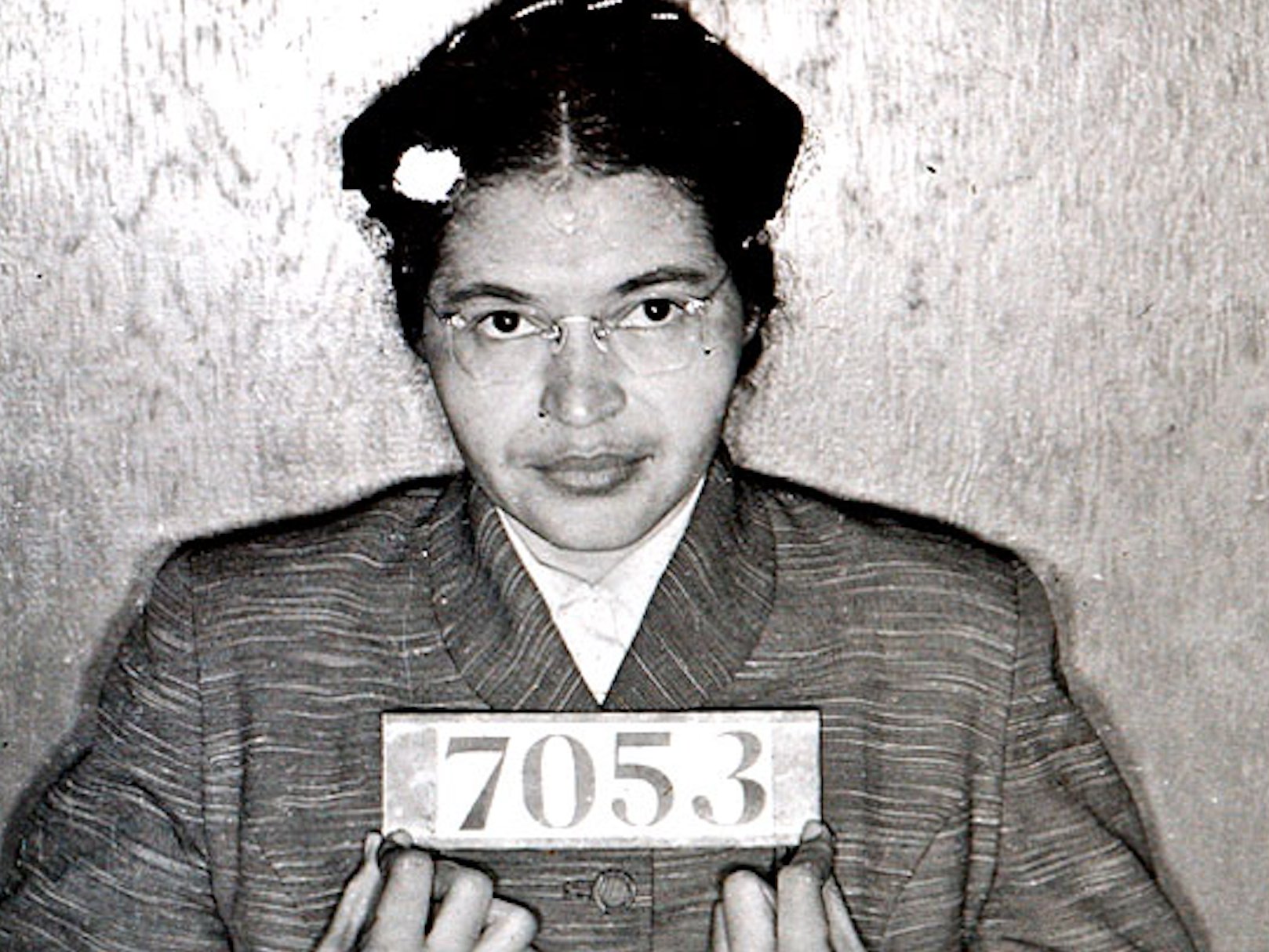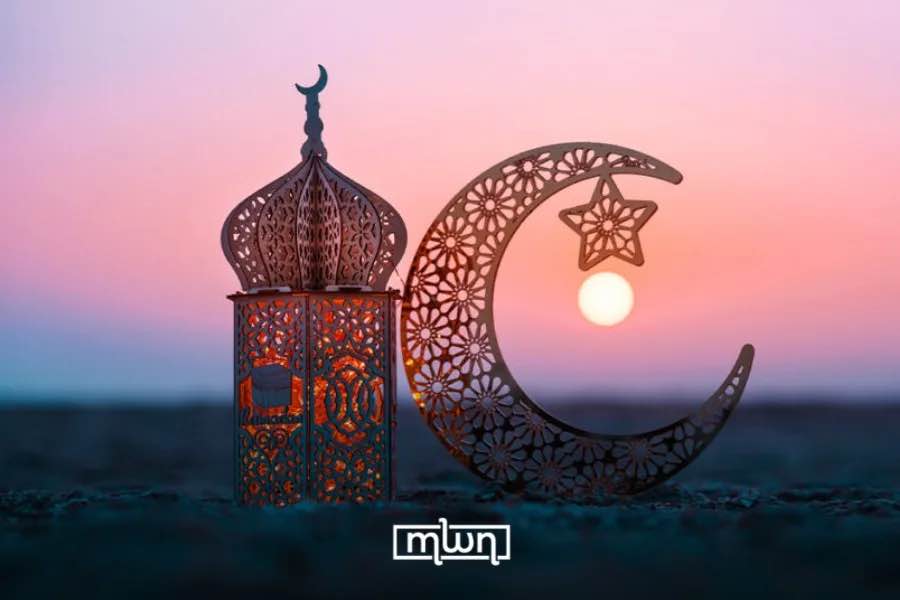Blog
Federico Moreno Torroba (3 March 1891 – 12 September 1982) was a Spanish composer, conductor, and theatrical impresario. He is especially remembered for his important contributions to the classical guitar repertoire, becoming one of the leading twentieth-century composers for the instrument. He was also one of the foremost composers of zarzuelas, a form of Spanish light opera. His 1932 zarzuela Luisa Fernanda has proved to be enduringly popular. In addition, he composed ballets, symphonic works, and piano pieces, as well as one-act operas and one full-length opera, El poeta, which premiered in 1980, starring well-known tenor Plácido Domingo. Moreno Torroba also ran his own zarzuela company, which toured extensively, especially in Latin America.
more...This vibrant spiral galaxy and the subject of today’s NASA/ESA Hubble Space Telescope Picture of the Week is NGC 5042, which resides about 48 million light-years from Earth in the constellation Hydra (the water snake). The galaxy nicely fills the frame of this Hubble image, with a single Milky Way star marked by cross-shaped diffraction spikes attempting to blend in with the bright stars along the galaxy’s edge.
Hubble observed NGC 5042 in six wavelength bands from the ultraviolet to the infrared to create this multicoloured portrait. The galaxy’s cream-coloured centre is packed with ancient stars, and the galaxy’s spiral arms are decorated with patches of young blue stars. The elongated yellow-orange objects that are scattered around the image are background galaxies far more distant than NGC 5042.
Perhaps NGC 5042’s most striking feature is its collection of brilliant pink gas clouds that are studded throughout its spiral arms. These flashy clouds are called H II (pronounced “H-two”) regions, and they get their distinctive colour from hydrogen atoms that have been ionised by ultraviolet light. If you look closely at this image, you’ll see that many of these reddish clouds are associated with clumps of blue stars, often appearing to form a shell around the stars.
H II regions arise in expansive clouds of hydrogen gas, and only hot and massive stars produce enough high-energy light to create an H II region. Because the stars capable of creating H II regions only live for a few million years — just a blink of an eye in galactic terms — this image represents a fleeting snapshot of life in this galaxy.
[Image Description: A spiral galaxy. It’s noticeably bright around the central region of its disc, then dims somewhat out to the edge where there are fewer stars. Two spiral arms circle through the disc and emerge beyond its edge, around the galaxy’s sides. Many pink spots of new star formation, as well as dark reddish strands of dust, cover the galaxy. The arms contain some speckled, blue patches containing hot stars.]

Arthel Lane “Doc” Watson (March 3, 1923 – May 29, 2012 Deep Gap, NC) was an American guitarist, songwriter, and singer of bluegrass, folk, country, blues, and gospel music. He won seven Grammy awards as well as a Grammy Lifetime Achievement Award. His fingerpicking and flatpicking skills, as well as his knowledge of traditional American music, were highly regarded. Blind from a young age, he performed publicly both in a dance band and solo, as well as for over 15 years with his son, guitarist Merle Watson, until Merle’s death in 1985 in an accident on the family farm.
more...James Emory Garrison (March 3, 1934 – April 7, 1976) was an American jazzdouble bassist. He is best remembered for his association with John Coltrane from 1961 to 1967.
Garrison was born in Miami, Florida, and moved when he was 10 to Philadelphia, where he learned to play bass during his senior year of high school. Garrison came of age in the 1950s Philadelphia jazz scene, which included fellow bassists Reggie Workman and Henry Grimes, pianist McCoy Tyner and trumpeter Lee Morgan. Garrison was in a short-lived trio started by Bill Evans, with Kenny Dennis on drums, in the 1950s.Between 1957 and 1962, Garrison played and recorded with trumpeter Kenny Dorham; clarinetist Tony Scott; drummer Philly Joe Jones; and saxophonists Bill Barron, Lee Konitz, and Jackie McLean, as well as Curtis Fuller, Benny Golson, Lennie Tristano, and Pharoah Sanders, among others. In 1961, Garrison recorded with Ornette Coleman, appearing on Coleman’s albums Ornette on Tenor and The Art of the Improvisers. He also worked with Walter Bishop, Jr. and Cal Massey during the early years of his career.
more...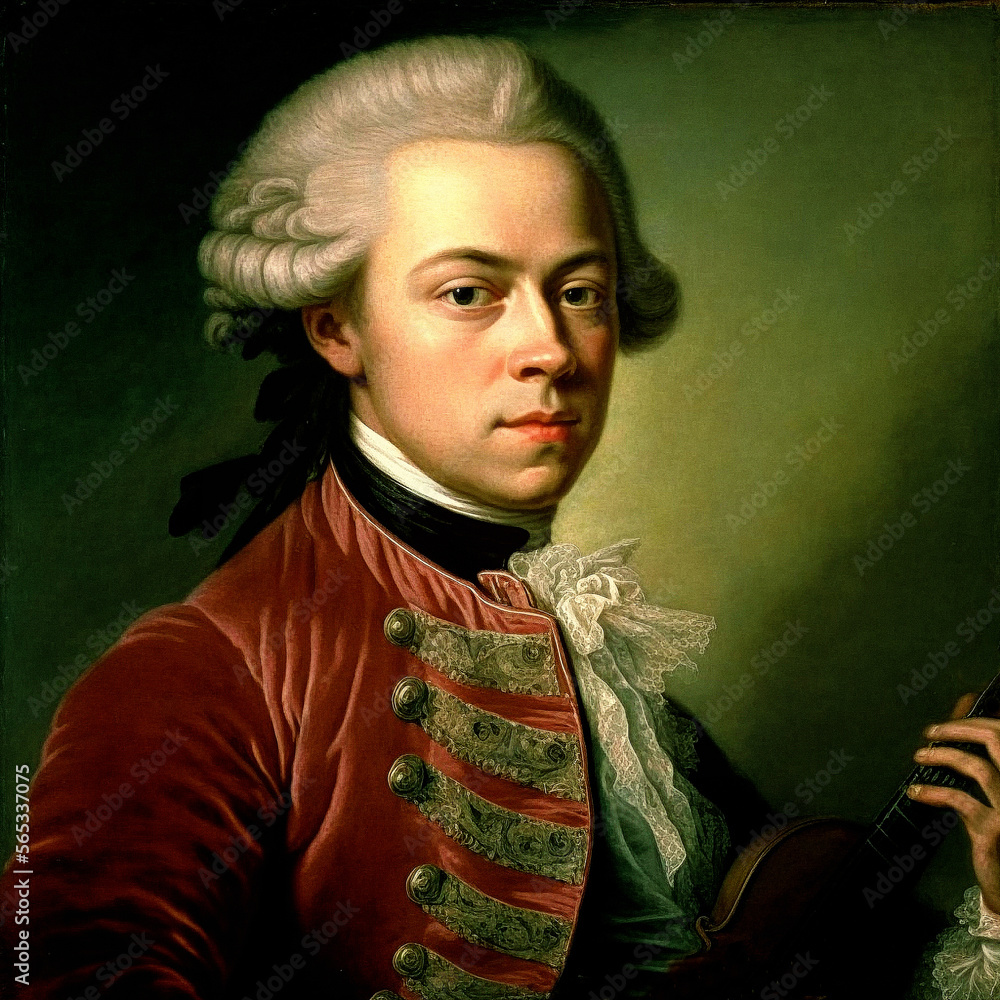
“When one tugs at single thing in nature, he finds it attached to the rest of the world.” John Muir
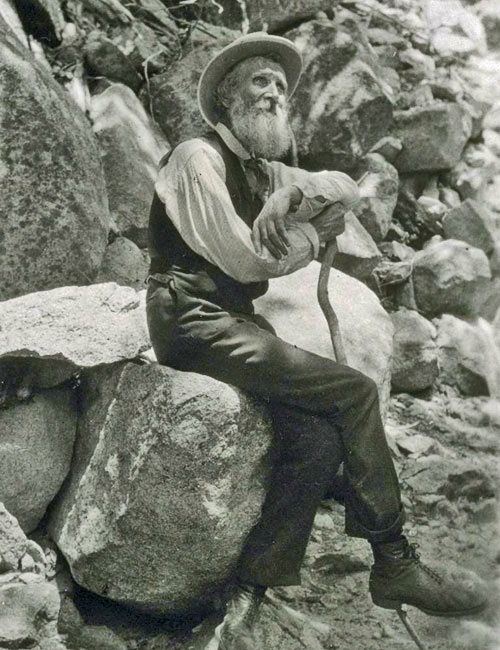
more...
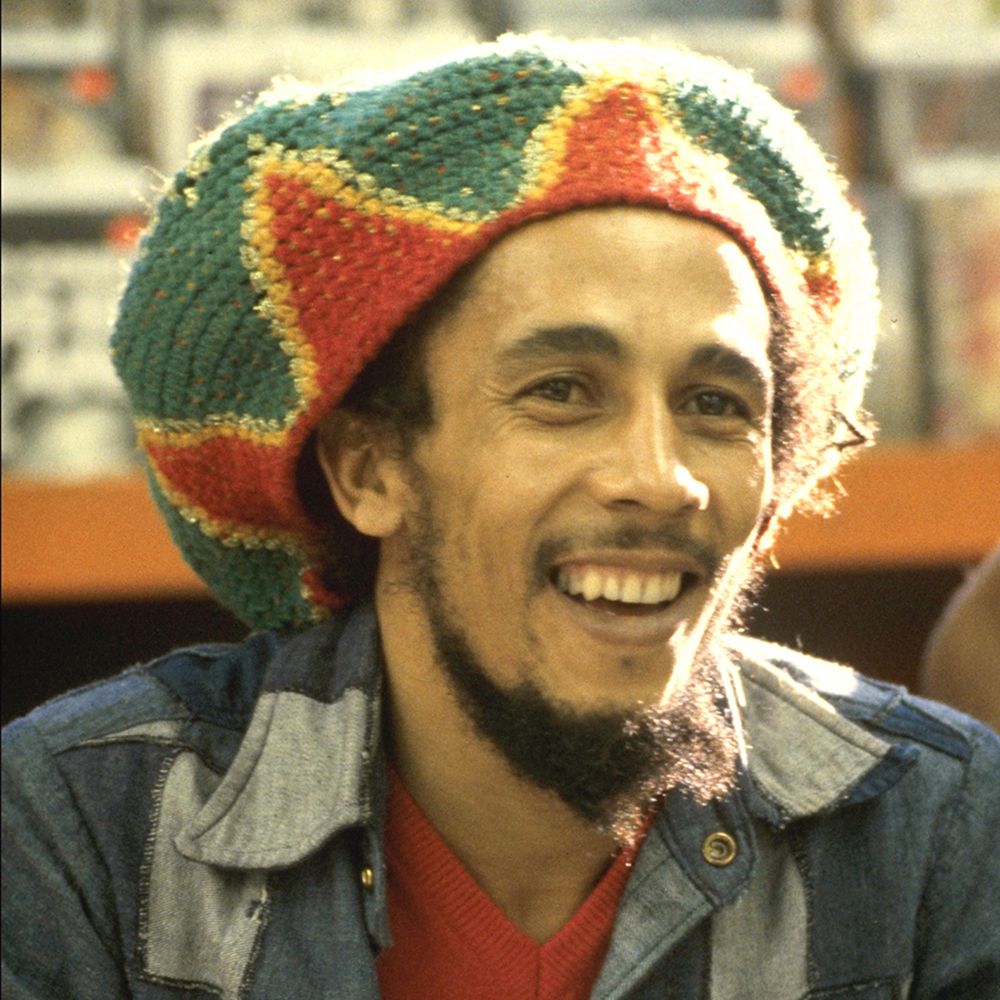
The Hubble Ultra-Deep Field (HUDF) is a deep-field image of a small region of space in the constellation Fornax, containing an estimated 10,000 galaxies. The original data for the image was collected by the Hubble Space Telescopefrom September 2003 to January 2004 and the first version of the image was released on March 9, 2004. It includes light from galaxies that existed about 13 billion years ago, some 400 to 800 million years after the Big Bang.

William Rory Gallagher (2 March 1948 – 14 June 1995) was an Irish musician, singer, and songwriter. He is known for his virtuosic style of guitar playing and live performances, and has sometimes been referred to as “the greatest guitarist you’ve never heard of”.
Gallagher gained international recognition in the late 1960s as the frontman and lead guitarist of the blues rock power trioTaste. Following the band’s break-up in 1970, he launched a solo career and was voted Guitarist of the Year by Melody Maker magazine in 1972. Throughout his career, Gallagher performed over 2,000 concerts worldwide, including many in Northern Ireland during the Troubles. He had global record sales exceeding 30 million.
In the 1980s, Gallagher’s health gradually declined, resulting in a liver transplant in March 1995 at King’s College Hospitalin London. Following the operation, he contracted a staphylococcal infection (MRSA) and died three months later at the age of 47.
A number of guitarists in the world of rock and blues cite Gallagher as an influence, including Alex Lifeson (Rush), Brian May (Queen), Johnny Marr (The Smiths), Glenn Tipton(Judas Priest) Robert Smith (The Cure), The Edge (U2), Slash(Guns N’ Roses), Jake Burns (Stiff Little Fingers), Janick Gers(Iron Maiden), James Dean Bradfield (Manic Street Preachers), Vivian Campbell (Def Leppard), Gary Moore and Joe Bonamassa.[12][13][14][15]
In 2013, he was posthumously honoured with the Tommy Vance Inspiration award at the Classic Rock Roll of Honour Awards, while in 2025, he received the ‘in memoriam’ Cork Person of the Year award. He is also commemorated with statues in Ballyshannon and Belfast and a memorial sculpture in Cork.
more...Desiderio Alberto Arnaz y de Acha III (March 2, 1917 – December 2, 1986), known as Desi Arnaz, was a Cuban-American actor, musician, producer, and bandleader. He played Ricky Ricardo on the American television sitcom I Love Lucy, in which he co-starred with his wife Lucille Ball. Arnaz and Ball are credited as the innovators of the syndicatedrerun, which they pioneered with the I Love Lucy series.
Arnaz and Lucille Ball co-founded and ran the television production company Desilu Productions, originally to market I Love Lucy to television networks. After I Love Lucy ended, Arnaz went on to produce several other television series, at first with Desilu Productions, and later independently, including The Ann Sothern Show and The Untouchables. He was also the bandleader of his Latin group, the Desi Arnaz Orchestra. He was known for playing conga drums and popularized the conga line in the United States.
more...Theodore Dudley “Red” Saunders (March 2, 1912 – March 5, 1981 Memphis, TN) was an American jazz drummer and bandleader. He also played vibraphone and timpani.
more...Lewis Allan Reed (March 2, 1942 – October 27, 2013) was an American musician and songwriter. He was the guitarist, singer, and principal songwriter for the rock band The Velvet Underground and had a solo career that spanned five decades. Although not commercially successful during its existence, the Velvet Underground came to be regarded as one of the most influential bands in the history of undergroundand alternative rock music. Reed’s distinctive deadpan voice, poetic and transgressive lyrics, and experimental guitar playing were trademarks throughout his long career.
Having played guitar and sung in doo-wop groups in high school, Reed studied poetry at Syracuse University under Delmore Schwartz, and served as a radio DJ, hosting a late-night avant-garde music program while at college. After graduating from Syracuse, he went to work for Pickwick Records in New York City, a low-budget record company that specialized in sound-alike recordings, as a songwriter and session musician. A fellow session player at Pickwick was John Cale; together with Sterling Morrison and Angus MacLise, they would form the Velvet Underground in 1965. After building a reputation on the avant garde music scene, they gained the attention of Andy Warhol, who became the band’s manager; they in turn became something of a fixture at The Factory, Warhol’s art studio, and served as his “house band” for various projects. The band released their first album, now with drummer Moe Tucker and featuring German singer Nico, in 1967, and parted ways with Warhol shortly thereafter. Following several lineup changes and three more little-heard albums, Reed quit the band in 1970.
After leaving the band, Reed would go on to a much more commercially successful solo career, releasing twenty solo studio albums. His second, Transformer (1972), was produced by David Bowie and arranged by Mick Ronson, and brought him mainstream recognition. The album is considered an influential landmark of the glam rock genre, anchored by Reed’s most successful single, “Walk on the Wild Side“. After Transformer, the less commercial but critically acclaimed Berlin peaked at No. 7 on the UK Albums Chart. Rock ‘n’ Roll Animal (a live album released in 1974) sold strongly, and Sally Can’t Dance (1974) peaked at No. 10 on the Billboard 200; but for a long period after, Reed’s work did not translate into sales, leading him deeper into drug addiction and alcoholism. Reed cleaned up in the early 1980s, and gradually returned to prominence with The Blue Mask (1982) and New Sensations (1984), reaching a critical and commercial career peak with his 1989 album New York.
Reed participated in the re-formation of the Velvet Underground in the 1990s, and he made several more albums, including a collaboration album with John Cale titled Songs for Drella, which was a tribute to their former mentor Andy Warhol. Magic and Loss (1992) would become Reed’s highest-charting album on the UK Albums Chart, peaking at No. 6.
He contributed music to two theatrical interpretations of 19th-century writers, one of which he developed into an album titled The Raven. He married his third wife Laurie Anderson in 2008, and recorded the collaboration album Lulu with Metallica. He died in 2013 of liver disease. Reed has been inducted into the Rock and Roll Hall of Fame twice: as a member of the Velvet Underground in 1996 and as a solo act in 2015.
more...Larry Eugene Carlton (born March 2, 1948 Torrance, CA) is an American guitarist who built his career as a studio musician in the 1970s and 1980s for acts including Steely Dan and Joni Mitchell. One of the most sought after guitarists of his era, Carlton has participated in thousands of recording sessions, recorded on hundreds of albums in many genres including more than 100 gold records, in addition to music for television and movies. He has been a member of the jazz fusion group the Crusaders and the smooth jazz band Fourplay maintaining a long solo career.
more...More Posts
- Otis Clay
- Sérgio Mendes
- Flamenco Fridays with Maria del Mar Moreno
- Daily Roots with Lone Ranger
- Cosmos NGC 1555
- Rufus Reid
- Manu Dibango
- Roland Hanna
- Chick Webb
- World Music with Edith Salazar
- Daily Roots with Dillinger
- Cosmos NGC 2174
- Joe Maneri
- Ernest Tubb
- Carmen Miranda
- Walter Page
- World Fusion with Spell Songs
- Daily Roots with Sugar Minott
- Cosmos NGC 7582
- Shadia
